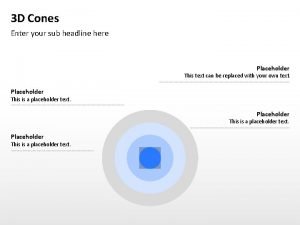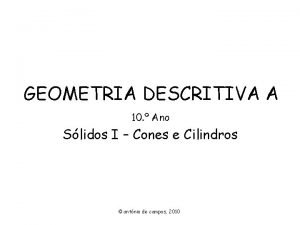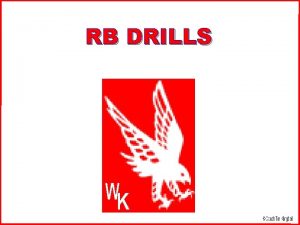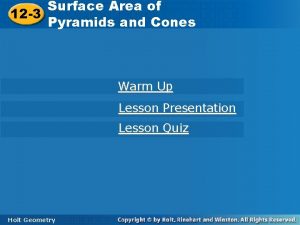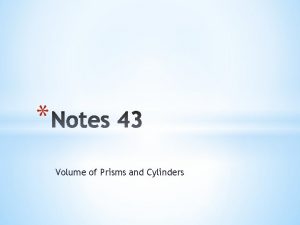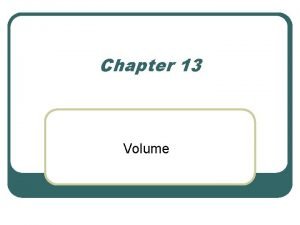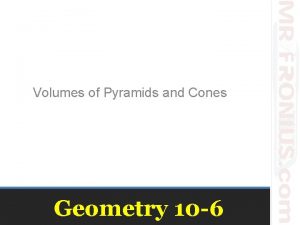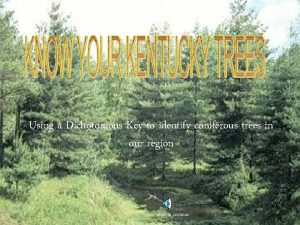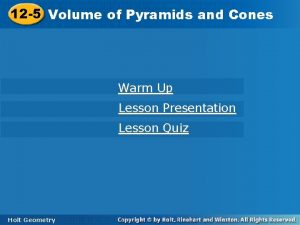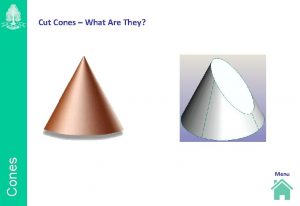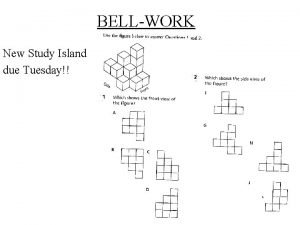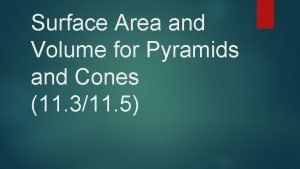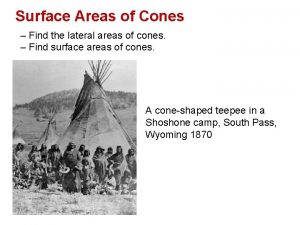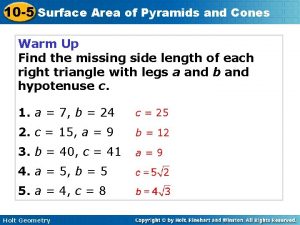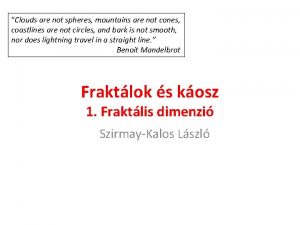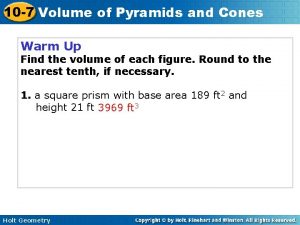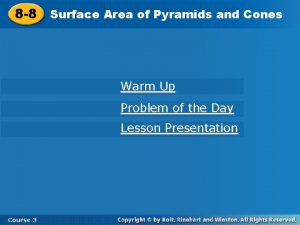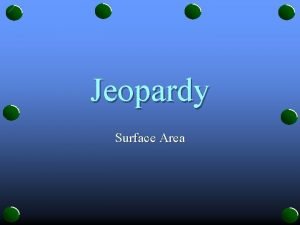New Cones N 1 N 2 N 3














- Slides: 14




New Cones: N 1, N 2, N 3, and Yuzhniy Erupted 1975 -1976 Average slope: 31. 9 (ASTER), 31. 7 (Map) Old cones: Kamenistaya, Krasniy, Camp, Stariy, and Alaid Erupted 1500 -1700 years ago Average Slope: 26. 3 (ASTER), 27. 1 (Map)










Conclusions • • Topographic map height values match closely with DEM models Vertical RMSE values (Root Mean Square Error) were higher (3 x) than the horizontal values especially for the older cones. Humid climate: precipitation ranging from 2500 mm/year (east coast) to 500800 mm/year (central) winters are cool and snowy, summers are wet and cloudy Climate conditions and vegetation cover determine high rates of erosion and rapid morphological changes, although variability is based on composition of the cones. H/W ratios are consistent with published data for several areas of the world with differing climates although the erosional processes in the Kamachatka region are more intensive than published values. Peaks of erosion occurred in the first stage 1 to 2 years after eruption as eruptive ashes are stripped from surface, as well as after forest fires ASTER DEM data and topographic map data clearly supports the association of younger cones having a higher h/w ratio and slope values while the older cones have a lower h/w ratio and slope values.
 Headline and subheadline
Headline and subheadline I cones
I cones Star drill agility
Star drill agility 10-7 volume of pyramids and cones answer key
10-7 volume of pyramids and cones answer key 11-3 surface areas of pyramids and cones
11-3 surface areas of pyramids and cones Volume of prisms and cylinders
Volume of prisms and cylinders Lesson 13-2 volume of cones answers
Lesson 13-2 volume of cones answers Practice 10 6 volumes of pyramids and cones answers
Practice 10 6 volumes of pyramids and cones answers Layer of rods and cones
Layer of rods and cones Dichotomous key pine trees
Dichotomous key pine trees Dental cones tablets
Dental cones tablets Cone formula list
Cone formula list 12-3 surface areas of pyramids and cones answer key
12-3 surface areas of pyramids and cones answer key 12-5 volume of pyramids and cones
12-5 volume of pyramids and cones Section 24-1 reproduction with cones and flowers
Section 24-1 reproduction with cones and flowers
